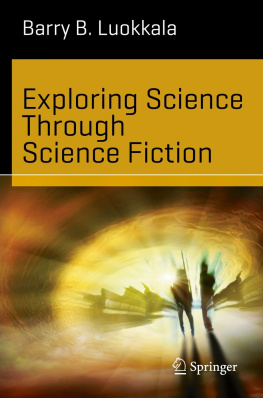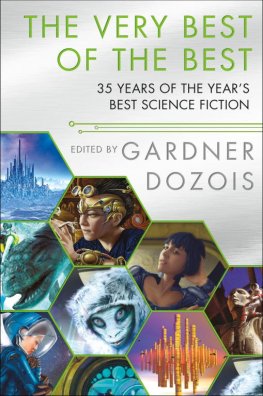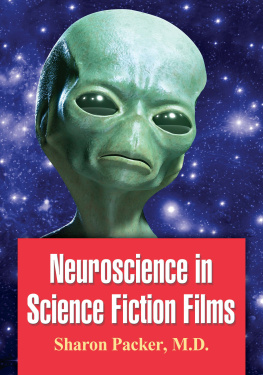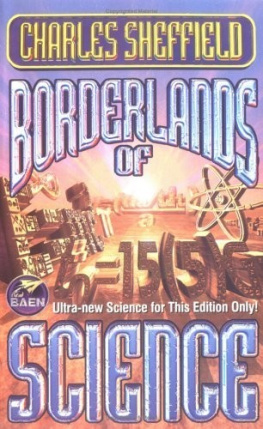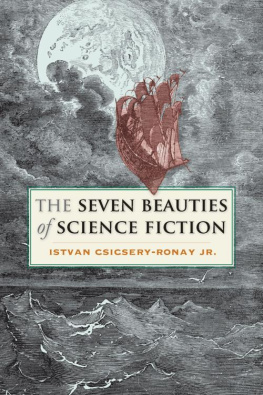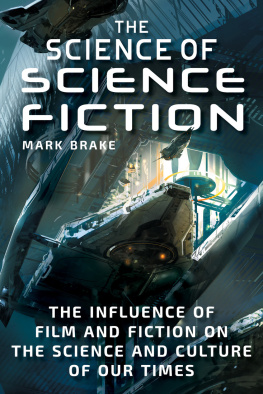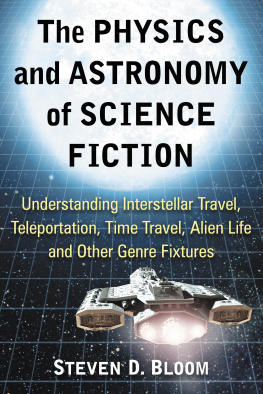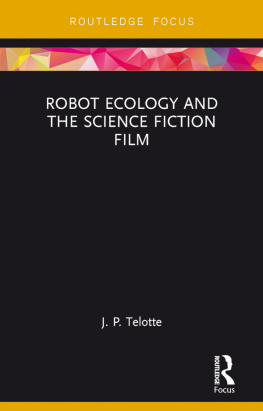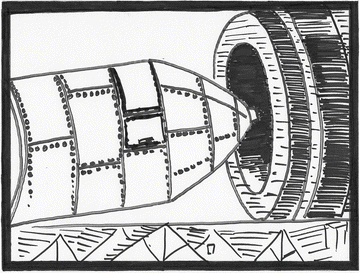A major goal of the present work is to increase public awareness and appreciation of science, but the approach is somewhat unorthodox. We will use science fiction as a vehicle for exploring actual science and as a springboard for discussing some of the exciting topics that are currently being researched. Our examples will be drawn primarily from film and television, with occasional reference to some of the classic works of science fiction literature. As we consider each one, we will attempt to discern whether what we see is plausible (solidly grounded in real science), possible in principle (but beyond our current technology), or total fantasy (impossible by any science we know). When it comes to science fiction, the advice of Benjamin Franklin may not be strict enough. We may end up believing even less than half of what we see. But there are some rare exceptions, in which the science is particularly well done, and you may be surprised at some of the things that are actually possible (at least in principle). We will also encounter a number of examples which fall into a fourth category: things that were purely science fiction at the time when the movie or television episode was produced, but are now reality, thanks to recent breakthroughs in science and technology.
We begin with a few examples, which will set the tone for the rest of the book, while at the same time conveying a sense of the history of science fiction as a genre.
1.1 The First Sci-fi Movie
The earliest motion pictures, produced in the late 1800 s, were typically only a few minutes in length, but collectively covered a broad range of topics, from the mundane to the exotic. The first motion picture of significant length (roughly 20 min) also happens to be the first science fiction film ever made and is well worth examining in detail. Produced in 1902, Le Voyage dans la Lune (A Trip to the Moon), was directed by George Mlis, who began his career as a stage magician []. Because of its place in cinematic history (the first sci-fi film, and the first film of any kind of significant length) and its subject matter (a trip to the moon, more than 60 years before such a thing was ever attempted in reality), Le Voyage dans la Lune provides an ideal starting point from which to launch our exploration of science through science fiction.
First, lets cover some of the key points of the story, as presented in the movie. The version described here is the one that is included in the excellent DVD collection, Landmarks of Early Film , which includes not only the silent motion picture, but the accompanying narrated script and musical score []. The presidents proposal is received enthusiastically, except for a lone dissenter, who is ultimately persuaded by intimidation (the president throws his books and papers at him). But, as we explore the science in more detail, it will become clear that the rest of the council should have paid more attention to the dissenter.
The scenes which follow depict the construction of the space capsule and the casting of the giant gun. One event, in particular, might spark considerable discussion on matters of science, technology, industrial safety, and public policy. In a clear violation of modern occupational safety standards, the soon-to-be space travelers are shown walking through the construction site, without any personal protective devices (hardhats, safety glasses, lab coats, etc.). One of them is accidentally pushed into an open tub of nitric acid. Mlis surely included this for its slapstick entertainment value. But imagine the biological, medical, and legal consequences of such an incident. Its not difficult to understand why, in todays society, it is increasingly rare for factories to offer guided tours of their facilities.
When the construction is completed, there is much pomp and circumstance, including a parade, the waving of French flags, and the playing of La Marseillaise . The capsule is loaded into the breach of the giant gun (Fig. ), the fuse is lit, and instantly a puff of smoke appears out of the muzzle. The Moon comes into view, and soon the details of the face of the man in the Moon (the face of Mlis) become clear. The landing is shown, at first comically, as the capsule pierces the eye of the moon, and then somewhat more seriously, as the capsule glides gently onto the surface of the Moon.
Fig. 1.1
Imagining a trip to the moon, accomplished in a custom-built artillery shell, loaded into the breach of a giant gun. The shell is designed to accommodate a handful of human passengers and is equipped with all the comforts of home. But will the travelers survive the launch?
The astronomers exit the space capsule to find a breathable atmosphere, gravity comparable to that on Earth, and snowfall. Numerous celestial oddities appear, including the rising of the Earth over the lunar horizon. As they explore a subterranean cavern, the astronomers find giant mushrooms and discover that an umbrella planted in the ground will take root and transform into a giant mushroom. The astronomers encounter an aggressive (or possibly just curious and hyper-enthusiastic) race of beings, called the Selenites , or inhabitants of the Moon (a concept and terminology borrowed from Wells). They defend themselves against the Selenites (or is it an unwarranted imperialist attack on the indigenous population?) by striking them with their umbrellas and discover that these are exceedingly fragile beings, which instantly disintegrate into a puff of smoke. The astronomers are eventually outnumbered, captured and brought before the Selenite king. They manage to escape, vaporizing more Selenites in the process, and return to their space capsule, only to realize that they have no means of propulsion to get back to Earth. No matter. One of the astronomers (the president, himself?) tugs on a rope attached to the nose of the capsule, pulling it off the edge of the Moon, and it simply falls back to Earth. They splash down in the ocean and are recovered by a steamship, which tows them back to safety.

